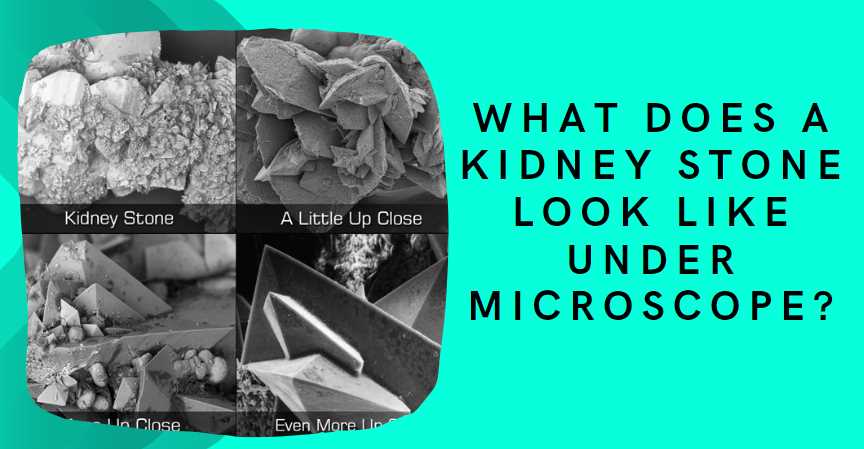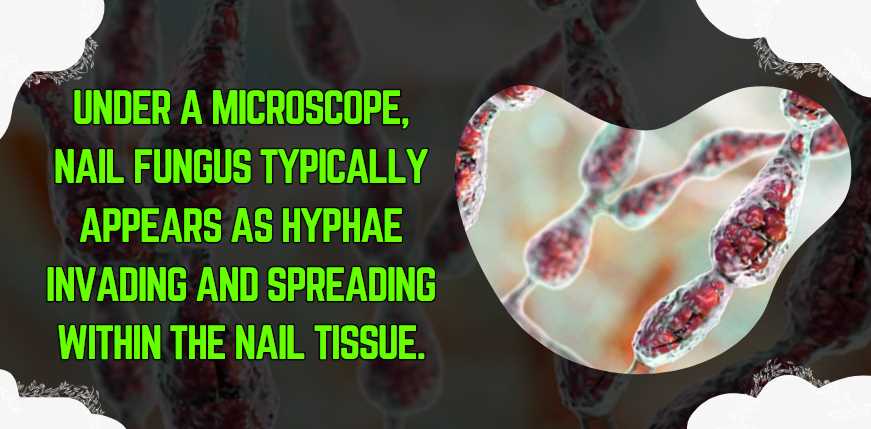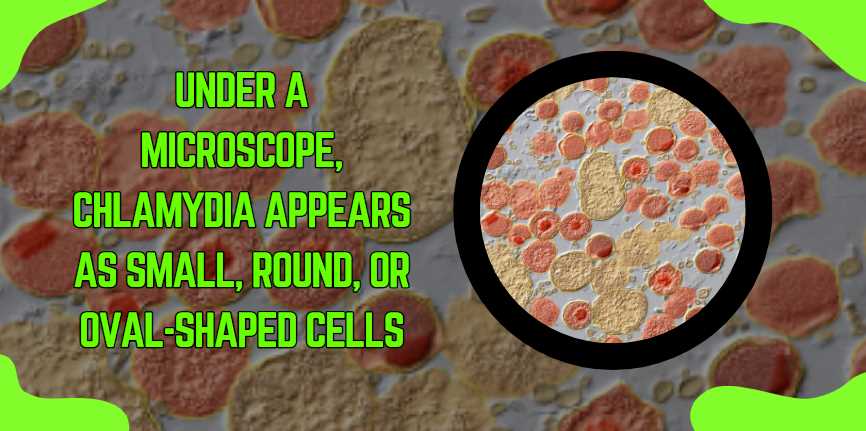Are Electron Microscopes Expensive? Unveiling the Costs
Yes, electron microscopes are expensive. Electron microscopes are sophisticated scientific instruments that use electron beams to achieve extremely high magnification and resolution, allowing researchers to observe objects at the nanoscale. The technology and precision required in electron microscopes contribute to their high cost. These instruments often involve complex components, including electron sources, electromagnetic lenses, detectors, […]
Are Electron Microscopes Expensive? Unveiling the Costs Read More »



